|
Just before the EU Referendum in June 2016, I mentioned that a leave victory would see the cost of travelling abroad creep up and thats exactly what happened. Luckily my trip to South America happened just a couple of months beforehand. Whether the cost falls over time depends on a number of factors, but for now some of the prices I came across might be slightly more expensive now. I spent just over a month travelling from the Pacific Coast to the Atlantic Coast and in that time I managed to see four different countries. There's a couple of big omissions; Argentina and Colombia but I managed to see Peru, Bolivia, Chile and Brazil and there is a variation of cost between the different countries. Compared to the cost of travelling around Thailand, South America was considerably more expensive, even in Bolivia which was the cheapest of the countries I had visited, however there are certain things you can do to make sure you get the best value for money. As I mentioned in my post on travelling around Thailand, the more you get to know a place, the cheaper the cost per day becomes. How expensive is South America? Here's my take... FlightThe cost of flying to South America isn't too dissimilar from the cost of flying to Thailand and the best tip is to book in advance. A recent study shows that 54 days is the optimal time to book to get the cheapest international flights. I left mine a little later. I had seen flights priced about £500 to Lima (with a return from Rio), however, not being sure of the dates I would be travelling meant that I kept booking the flights off. By the time I booked, I paid £650 - not the smartest thing I have ever done, but you live and learn. Once you are in South America, the cost of getting from one country to the next isn't exactly cheap. The distances are so vast, and the competition between local airlines so poor, that you can end up paying a lot of money just to go from one country to the next. I was shocked to see that a flight from Calama in northern Chile, to Santiago in central Chile was £250 when I booked in advance. You can read the whole story here, but by the time it was all said and done, I managed to get tickets for £79 and I managed to get a full refund on my £250. To be fair, it could be worse, you could get taken away by the Police because they think you're smuggling drugs. TransportIf you're expecting tuk-tuk style prices in any of the major South American cities, its not going to happen, however, its still considerably cheaper than prices in European and North American cities. A taxi from Lima airport to the Miraflores area of the city costs about 35/40 Peruvian Soles, which is roughly equivalent to about £10. This is pretty much exactly the same for a taxi from the airport in Rio to the Copacabana which is a fair distance and I thought a very reasonable price. The price falls to about £7 when catching a taxi from La Paz airport to the city centre. In fact the most expensive airport to city centre trip was in Santiago, Chile, where the price of a taxi from the airport to the city centre costs between £20-£25. Now obviously thats a very rough comparison, some of the distances are longer than others but they are also representative of the wider cost in each of these countries. Chile, for instance was comfortably the most expensive of all the countries I visited, which surprised me because beforehand I would have thought it would have been Brazil. As I mentioned above, flights between the countries are quite expensive, so where the distances are a little smaller, its much cheaper to get overnight trains or buses. I caught a 15 hour bus ride from Uyuni in southern Bolivia to San Pedro de Atacama in northern Chile which cost under £15. My preferred option would have been a three day tour which took in some of the volcanoes and lagoons along the way instead of one long, hot bus ride, but a delayed connection meant it wasn't an option for me. AccommodationIn most of the cities you get what you pay for; however in some of the cities, all the money in the world won't make a difference. I decided to spend a little extra in Rio as a good way of relaxing after what would be a pretty manic month, and the extra cost got me a very nice hotel for the week for a very reasonable price (£80 per night). As I've mentioned in other blog entries, you can get some pretty good 'deal of the days' on price comparison websites so its good to always keep an eye out. Lima was relatively expensive for what I got. For about £30 per night, I spent a few nights in the same room as a family of spiders. I'm not a huge fan of spiders, although I did once eat a tarantula in Cambodia, but after you wake up with none of your fingers or toes missing, the fear subsides. The climb to Machu Picchu includes very basic accommodation; you spend your nights in a ridiculously cold tent. In fact, its so cold I wore 2 pairs of socks, a jumper, my gloves and a wooly hat and I was still freezing. The accommodation might be basic, but its definitely the most fun. And in terms of views, the most spectacular one I had was in Ollantaytambo, located in the middle of the Sacred Valley of the Inca. Bolivia is one of the poorer countries in the continent and isolated cities like Uyuni do not have large chain hotels. During my whole time there, the internet was down across the entire city; hotels and restaurants. The hotel itself was small and cold but the person that worked there was incredibly friendly and for £40 per night, you can't really go wrong. My favourite experience in a hotel was in San Pedro de Atacama. I had booked a night at the highly rated Hostel Haalar, however, due to an overbooking I was moved to a nearby hostel. Not only was the switch very quick, but the owner, Veronica, picked me up from the bus station and took me to the new place. She sat me down, and in broken English made sure I was comfortable, happy and understood the reasons. I wasn't too fussed, the new place, Hara was amazing. I even got my own room to myself. FoodEverywhere I went, I was told that Lima was the new gastro capital of South America and its hard to argue against it. The city has food from across the world, and the local Peruvian dishes were fantastic. They all had rich flavours and combinations of ingredients that reminded me a little of Panjabi food. Peru is most famous for Ceviche, a type of raw fish marinated in citrus juices but they also have exotic delicacies such as alpaca and guinea pigs. Now I don't know about you, but I associate guinea pigs with being cute little pets. During my climb to Machu Picchu we passed through a few village communities in the mountains and visited a family. The house wasn't particularly large, and the adults shared the bedroom with about 15-20 guinea pigs, Half of them were in a caged pen, the other half were just scurrying around the floor. The man of the house showed us how they break the guinea pigs neck to kill it before they cook it. I'm not going to lie, I felt bad for the guinea pigs but at the same time, I'd be an absolute hypocrite to say anything. Cusco was considerably more expensive than Lima, and the food there was comparable to prices you would pay in pretty good European restaurants, so its worth bearing that in mind when budgeting for the climb to Machu Picchu. I didn't stay too long in Bolivia but I thought the food was fairly priced. Restaurants in La Paz had a decent variety of food and although more expensive than SE Asia, it compared favourably to the rest of the continent. Uyuni was a little more expensive as its more isolated, but again, nothing worth complaining about. Although the most expensive, the best value I got for food was in San Pedro de Atacama in northern Chile where I got the biggest portion of food I have ever seen for the equivalent of about £5 in a restaurant called Las Delicias de Carmen. Santiago was perhaps more the most expensive of the cities I visited in the continent. Chile is one of the fastest growing economies in South America and is already a highly developed country and the prices reflect the higher standard of living. Brazil surprised me. I thought it would have been much more expensive than it actually was. The food, even in restaurants along the Copacabana was priced reasonably. I ate in a buffet restaurant not too far from the beach and it was all you could eat for just a couple of pounds. I made sure I made the most of that opportunity, made them regret the day they put that offer on. NightlifeI was pretty much consistently exhausted in South America, not only because of the nature of the activities that I was doing, but also because of the tight time schedule, This meant I only went out partying a handful of times; my favourites being in Santiago and Cusco. Capital cities such as Santiago and Rio, as expected, aren't particularly cheap but you do have a lot of options in terms of where to go and what to do, and the music caters to pretty much all needs. The same girl that showed me around Koh Samui also showed me around Santiago so I knew I was in good hands in terms of nights out, although I was way too tired to enjoy myself as much as I did in Asia. My night out in Cusco was perhaps the memory that will stay with me for the longest. After almost of a week of climbing mountains, a few of us headed to a small club in the middle of town and mid way through the night they started playing bhangra. It was absolutely surreal and I wasn't messing about, as soon as I heard the beat, I was on that dance floor faster than a herd of speeding turtles. The music was generally really good with old school hop hop and r&b mixed with Spanish hiphop. It was during my time in Peru that I was introduced to Nicky Jam, I hadn't heard of him before my trip and now he's music is on my playlist back home. Activities & ToursAs I've mentioned in my article on the cost of travelling to Thailand, its much cheaper to book at the point of destination than it is to book in advance. That being said, there are some instances where you have to book in advance. For example, to get a permit to climb the Inca Trail to Machu Picchu you need to book around 3 months in advance to ensure you can ensure a permit for the day. I booked the trek with a travel company in advance and it cost just over £500, although this also included a few days in Cusco and Ollantaytambo, but there are much cheaper options and its possible to do the climb in under £250 if that's all you want to pay for. If I could have changed one thing, I would have booked my tour to the salt flats in Bolivia locally, just because flight cancellations meant it was a bit of a headache to re-arrange the days and length of my tour. I booked my tour of Rio locally and this definitely paid off. My hotel quoted me a price of £120 for a one day tour, which was cheaper than the £150 I was seeing online, but a quick walk down the Copacabana and I was seeing prices that were almost 50% cheaper and after haggling, you could get a tour for about £60/70. I would definitely recommend getting a tour of Rio, just because the city is so big and the landmarks are dispersed quite widely. Comments are closed.
|
AuthorBritish Sikh, born in the Midlands, based in London, travelling the world seeing new cultures. Categories
All
|
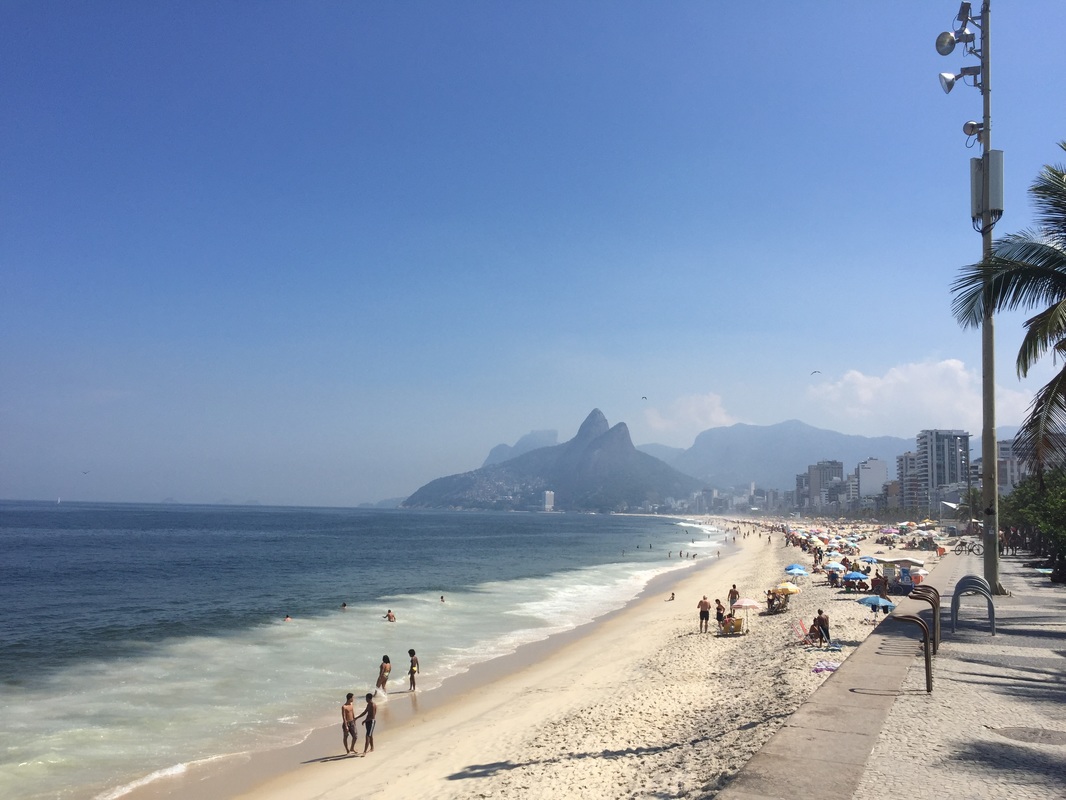
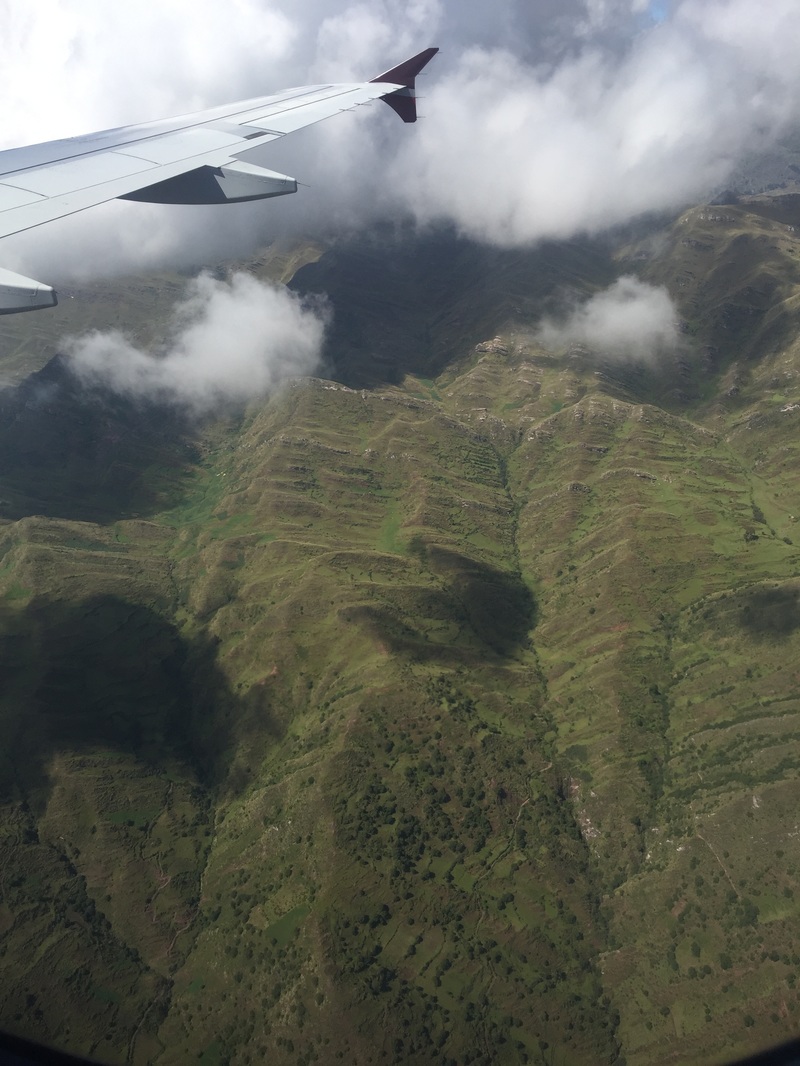
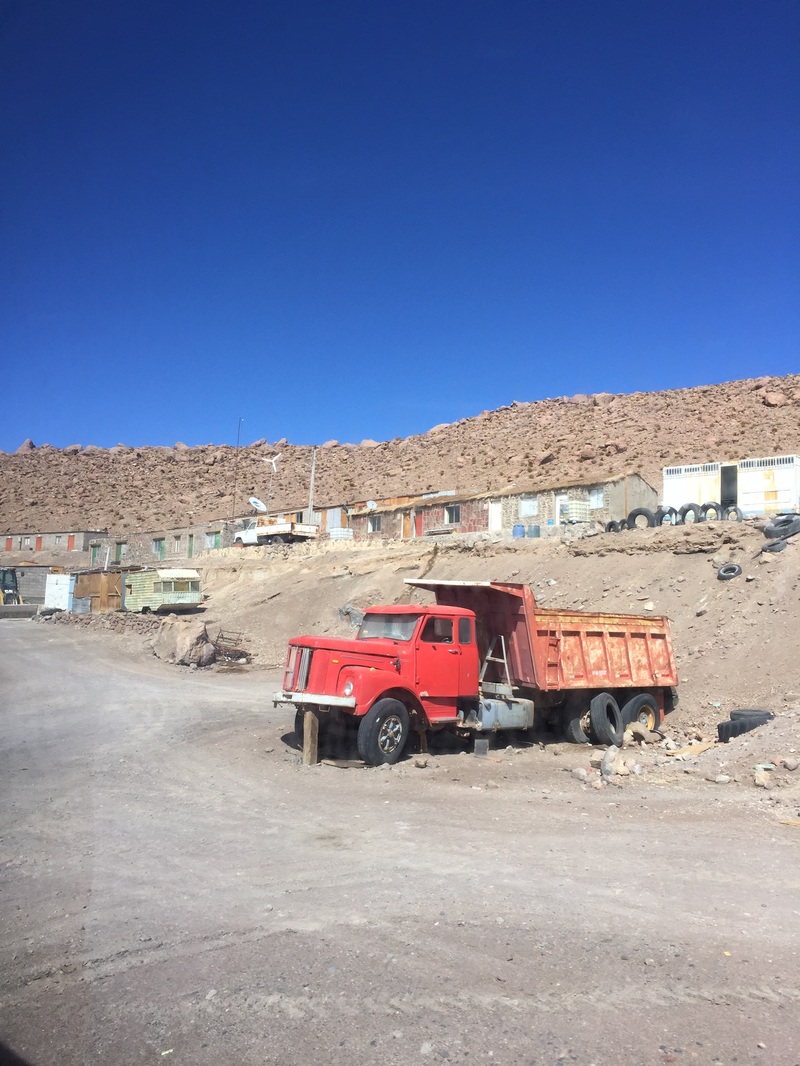
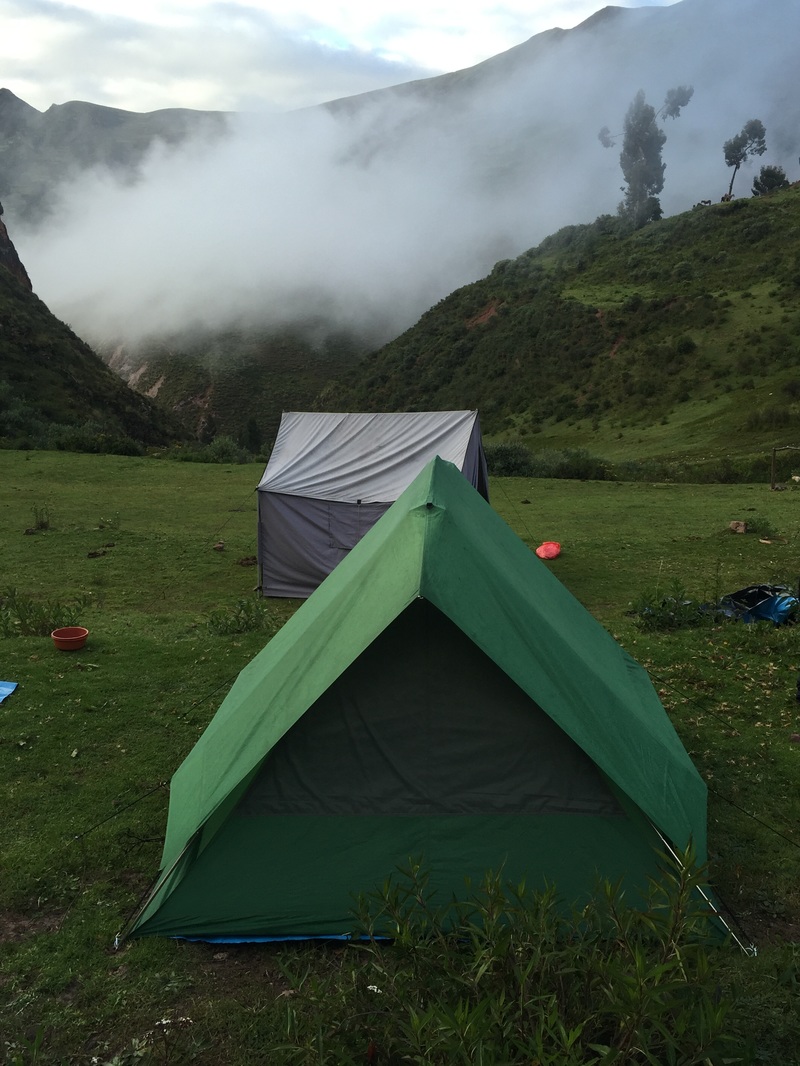
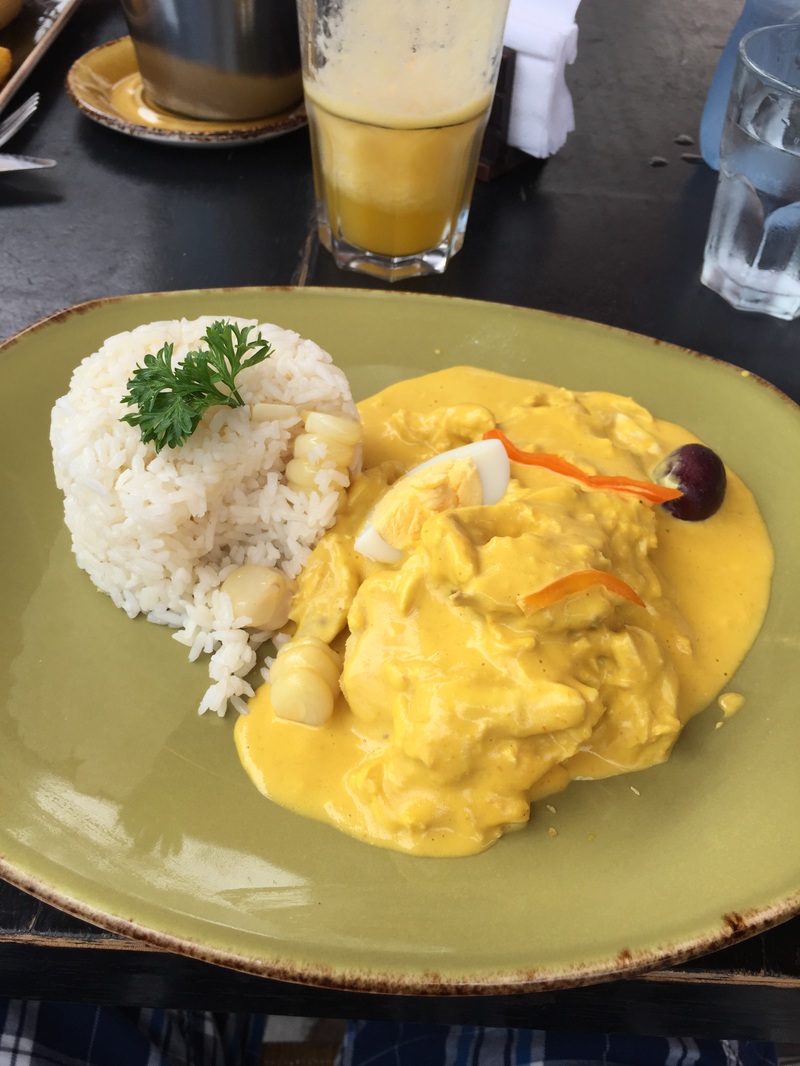
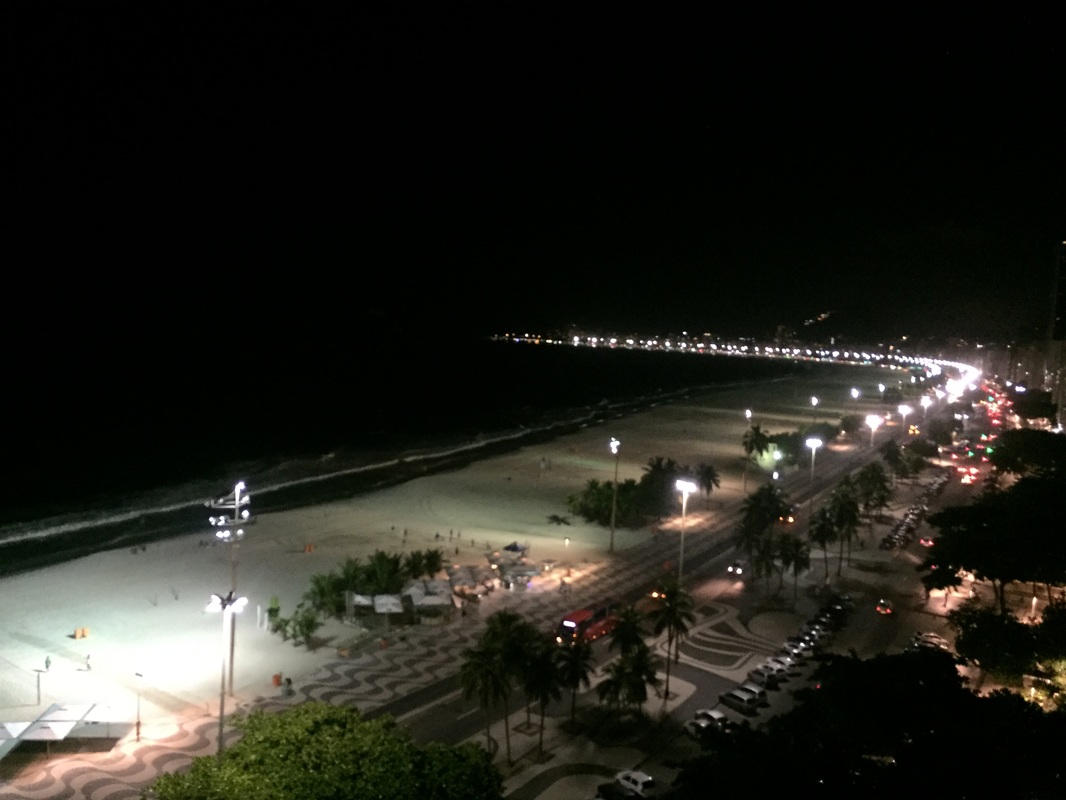


 RSS Feed
RSS Feed